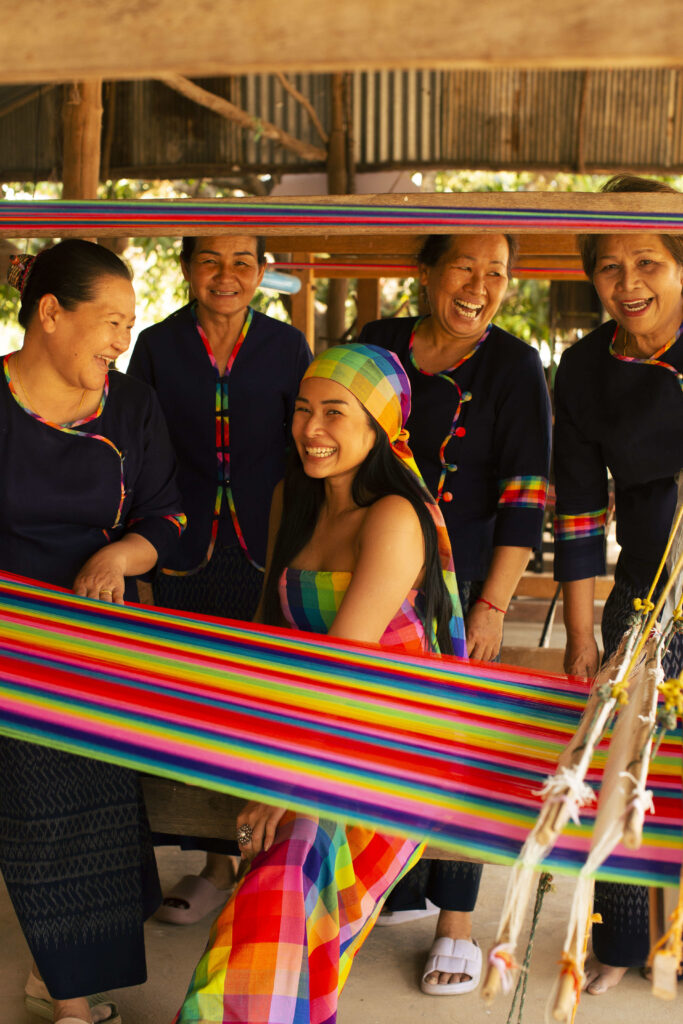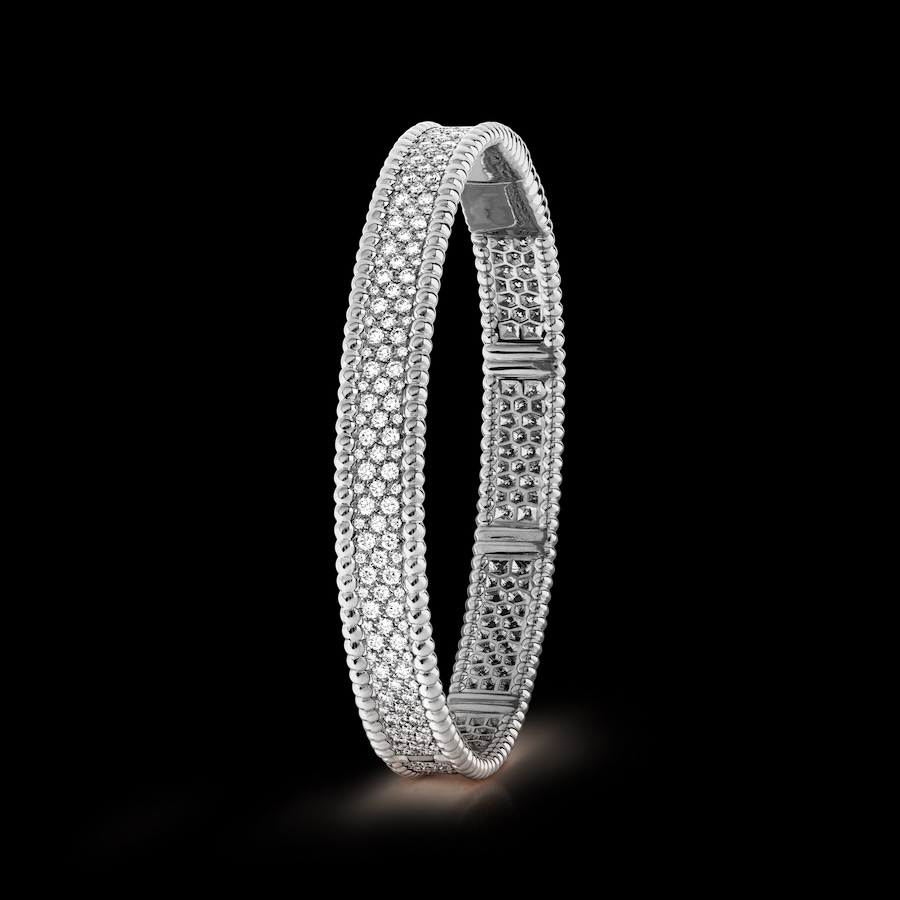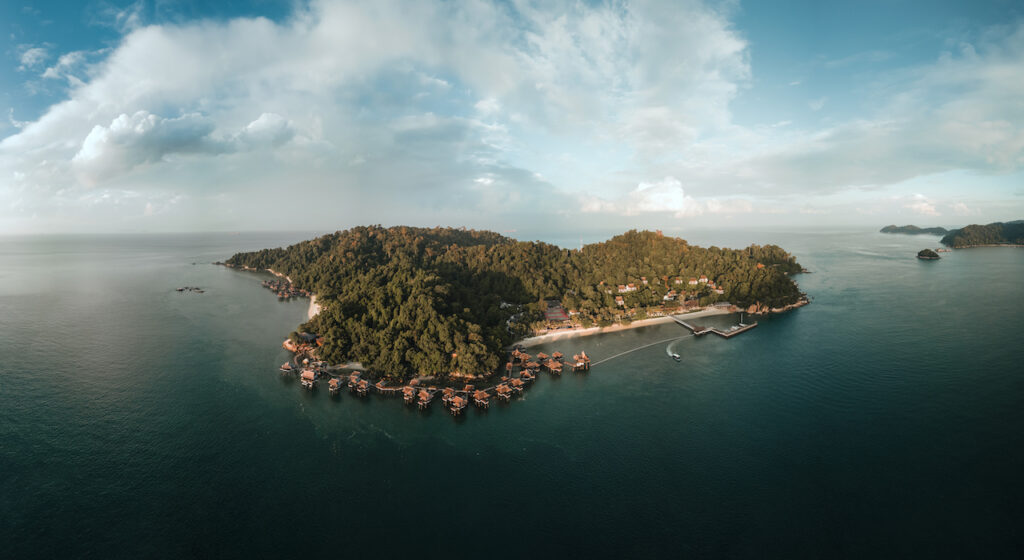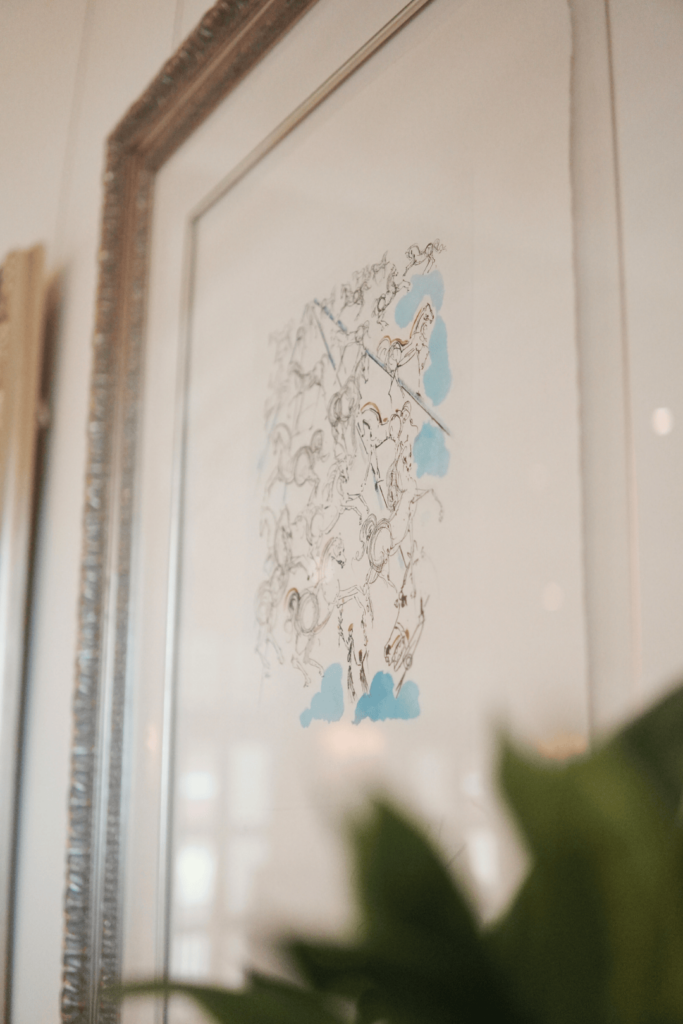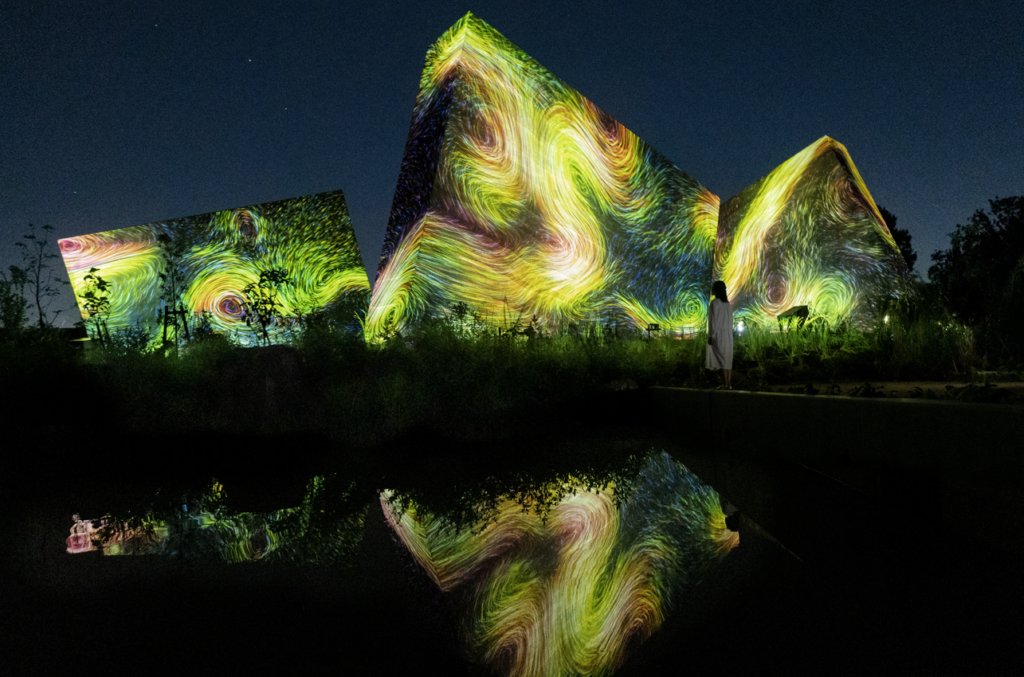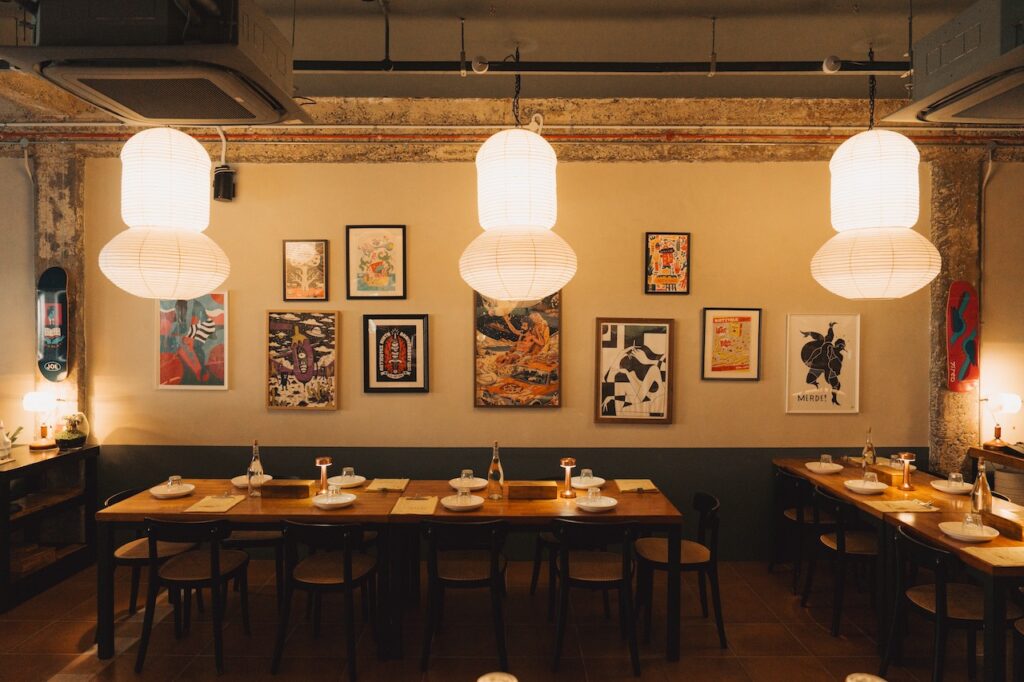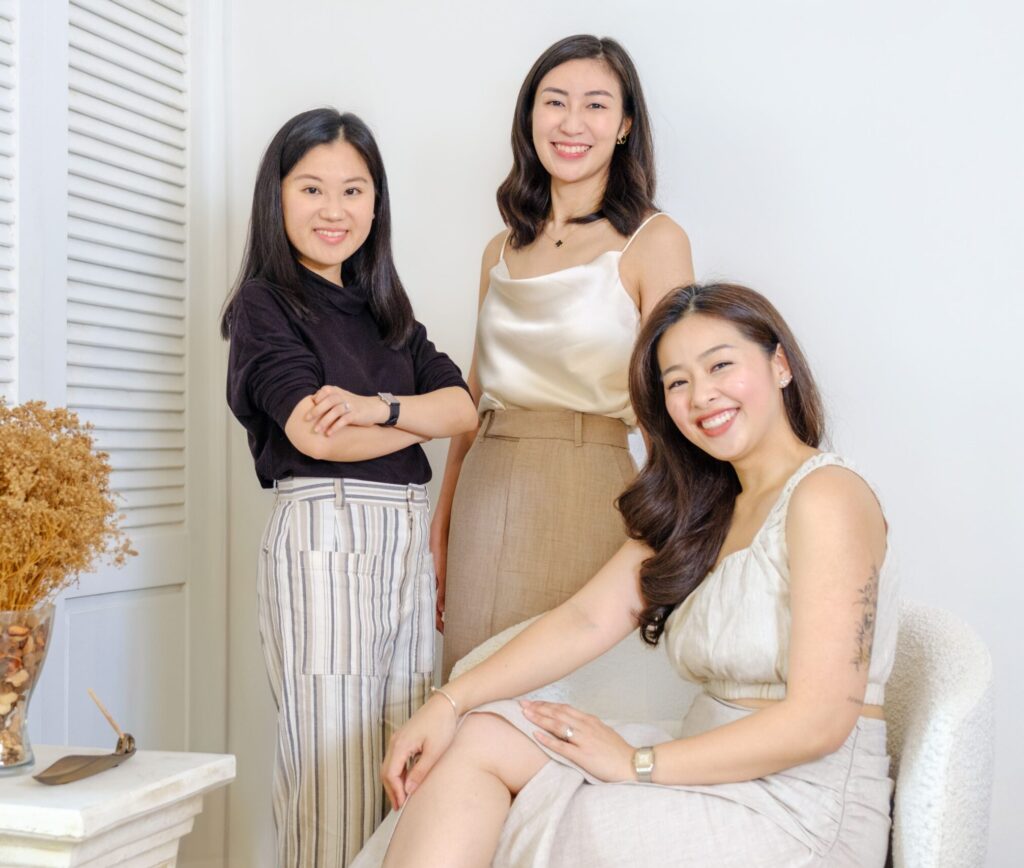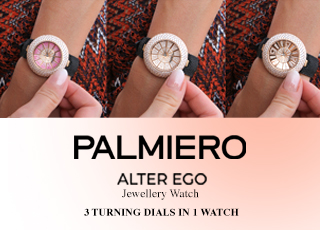An exclusive collaboration that transforms natural fibres, artisanal dyeing and intricate weaving into resort wear and amenities.
Designer Parissara Na Phatthalung has built her namesake brand on the philosophy that fashion should carry both beauty and purpose. Her mission is to highlight Thai craftsmanship and present it in a modern, sophisticated light. Her pieces are thoughtfully created in collaboration with local artisans, preserving heritage techniques while responsibly sourcing materials.
It is this ethos that resonated with Kimpton Kitalay Samui, which was seeking a partner who shared its values of craftsmanship, sustainability, and thoughtful design. Parissara was a natural fit, perfectly aligned with the resort’s spirit of refined luxury and authentic Thai heritage. Inspired by the textures and colours of Koh Samui, their exclusive collaboration, Whispers of the Waves, translates Parissara’s artisanal vision into bespoke resort essentials crafted by artisans from Northern and Southern Thailand. We find out more from the Thai designer about her unique work and collaboration:
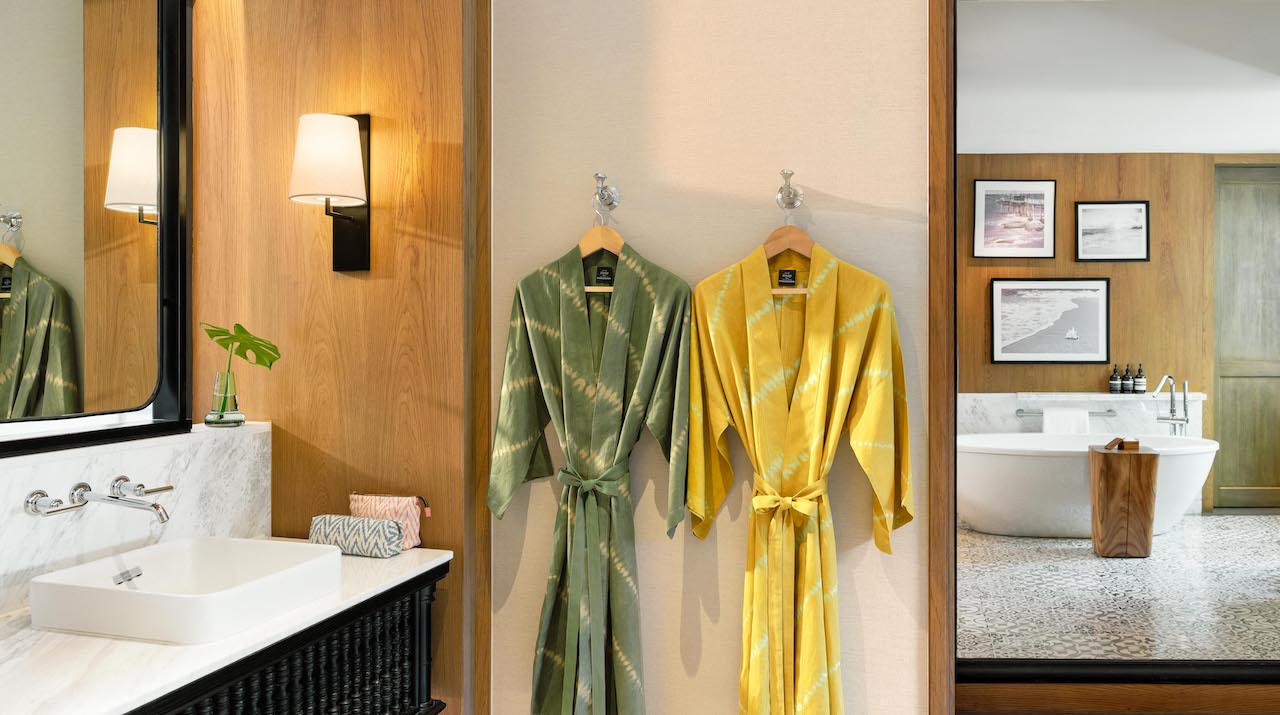
What was the creative brief for Kimpton Kitalay Samui’s in-room collection?
This project began with a shared vision to make the in-room experience deeply personal, something that reflected the resort’s soul rather than a standard hotel offering. Kimpton Kitalay Samui envisioned guest wear that felt effortless, elegant, and rooted in the island’s atmosphere. That vision became Whispers of the Waves; a hand tie-dye silk-and-linen robe, beach bag, and scarf, paired with handwoven amenities and sandals, all inspired by the soothing cadence of the sea. The fabric moves with the same fluidity as water and catches the light like the ocean at sunrise, while a warm, sandy palette creates an instant sense of calm. There’s a special kind of welcome in opening your wardrobe to find something created just for that space and for you, it’s a quiet luxury, and one we take to heart.
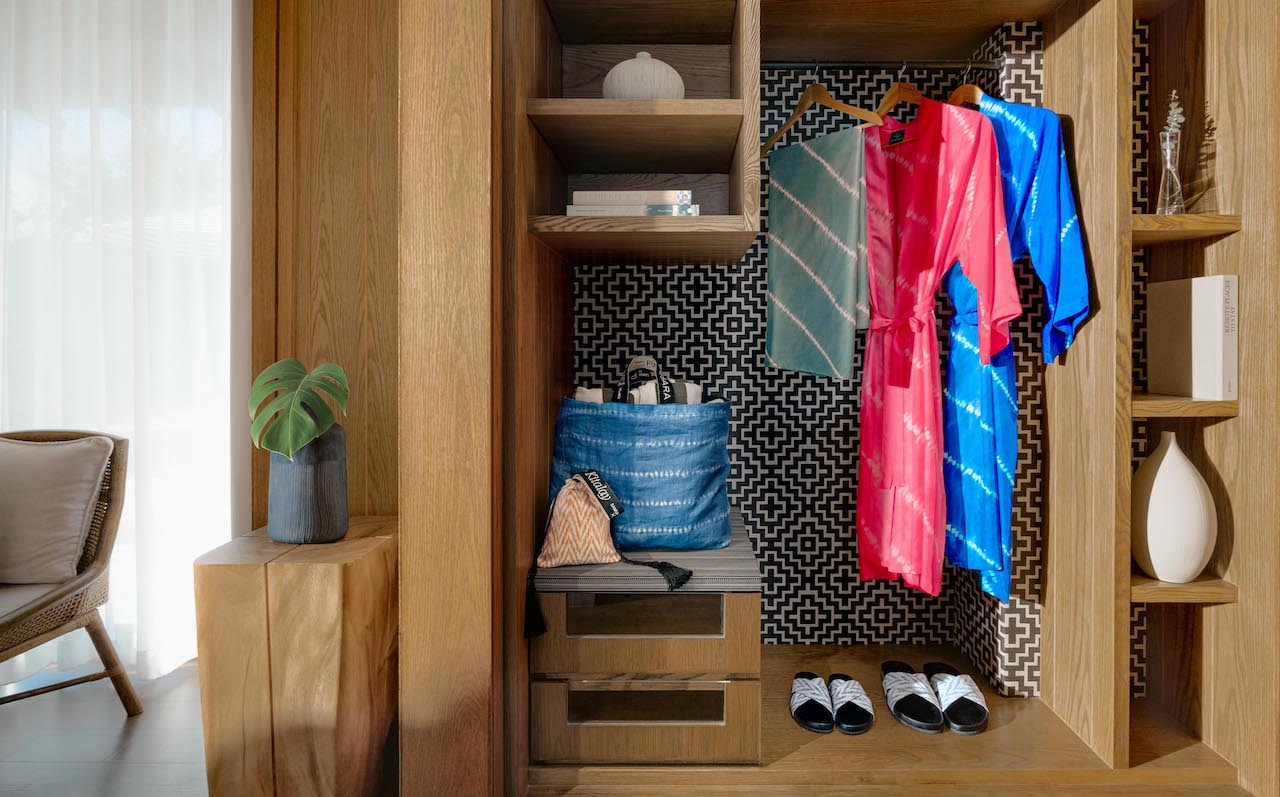
Could you elaborate on the traditional hand-dyeing methods used, and how did you adapt them for a modern context?
We used a traditional resist-dyeing technique where sections of fabric are carefully stitched, bound, or folded before dyeing, creating organic, flowing patterns that feel as if they’ve been brushed on by the tide. For Whispers of the Waves, I collaborated with Thai dyers to build a layered, water-washed gradient that reflects the sea’s shifting tones from morning to dusk. The challenge was to preserve the artistry while refining it into something understated and contemporary; a look that speaks of craftsmanship without feeling rustic, and that fits seamlessly into a luxury hospitality setting.
Mudmee method (Thai Ikat) was used for other hand-woven amenities. This is a traditional Thai weaving technique where yarns are tied, bound, and dyed before weaving. The bindings resist the dye, creating patterns in the yarn itself. Multiple rounds of tying and dyeing build up the design, which is then carefully aligned on the loom, so the motif appears in the final fabric. The result is a softly blurred, shimmering pattern with deep cultural symbolism.
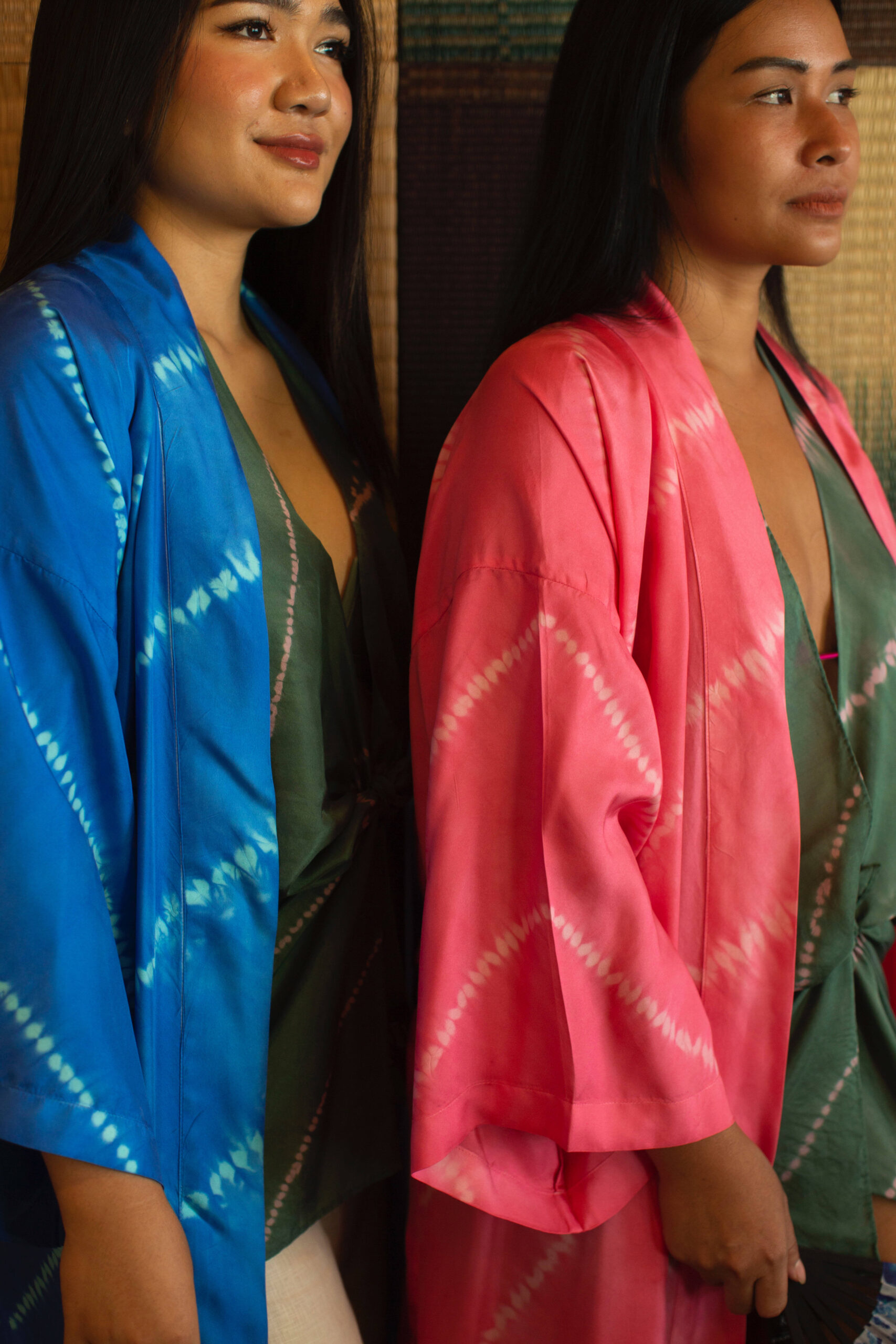
In your view, how can design contribute to keeping traditional crafts alive in a rapidly modernising world?
Design gives heritage a living purpose. Crafts preserved only as static displays risk becoming irrelevant; when woven into clothing and objects people want to wear and use, they stay alive. For me, it’s about honouring the origin, involving the artisan, and allowing the technique to grow with the times. And when a guest opens a hotel wardrobe to find a robe stitched, dyed, and finished by hand, something made just for that place, they feel the care in it. That feeling is what ensures the craft’s survival.
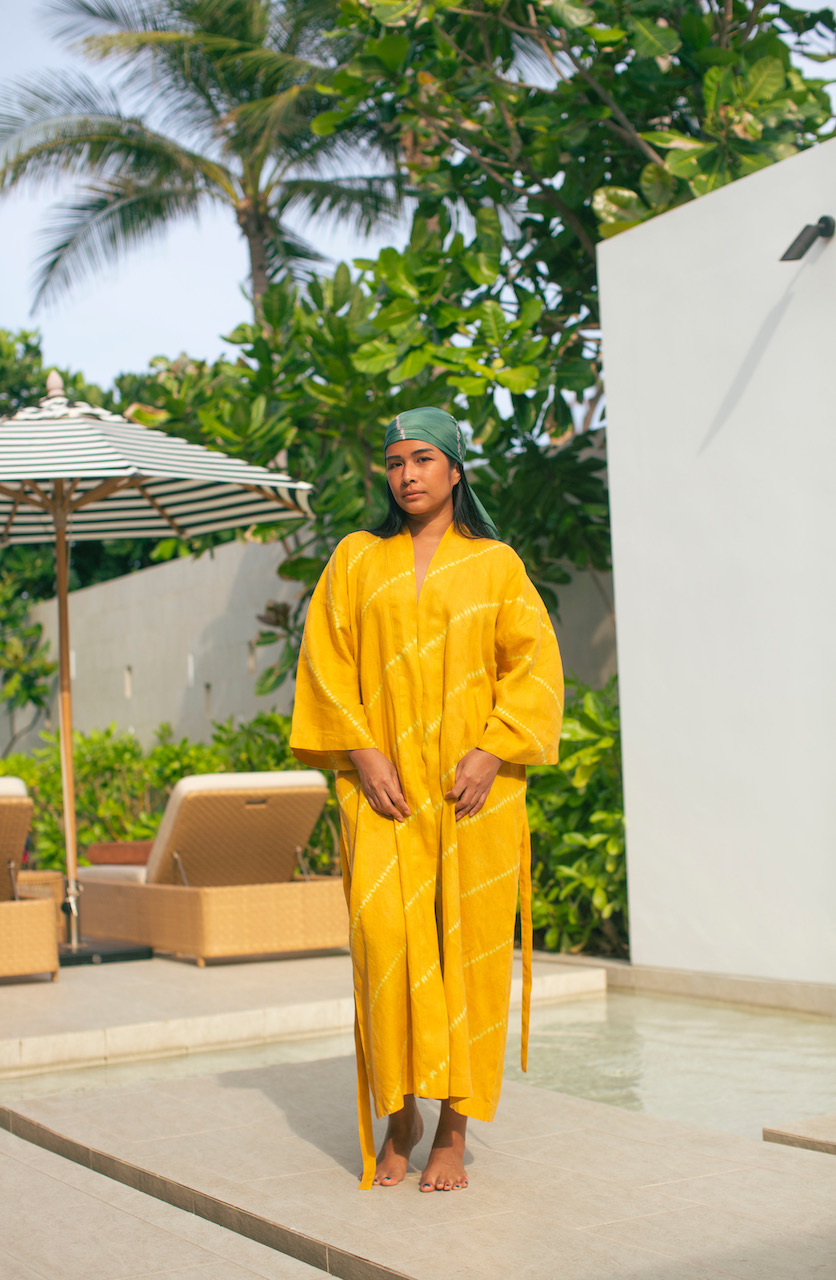
What are some of the challenges and rewards when working with local artisans?
Handmade work carries an intimacy no machine can match. You can see the artisan’s rhythm in the weave and feel the subtle variations in how the dye settles into each fiber. In many ways, it’s the imperfect that makes a piece perfect; beauty that doesn’t depend on identical repetition. For me, this approach is deeply personal. Designing with artisans isn’t just about aesthetics; it’s about safeguarding knowledge that could vanish within a generation. Each region has its own special techniques and traditions, and I’m drawn to learning not just the craft, but the way of life behind it. You can read a community’s history and culture in its textiles as vividly as you can in its temples or churches.
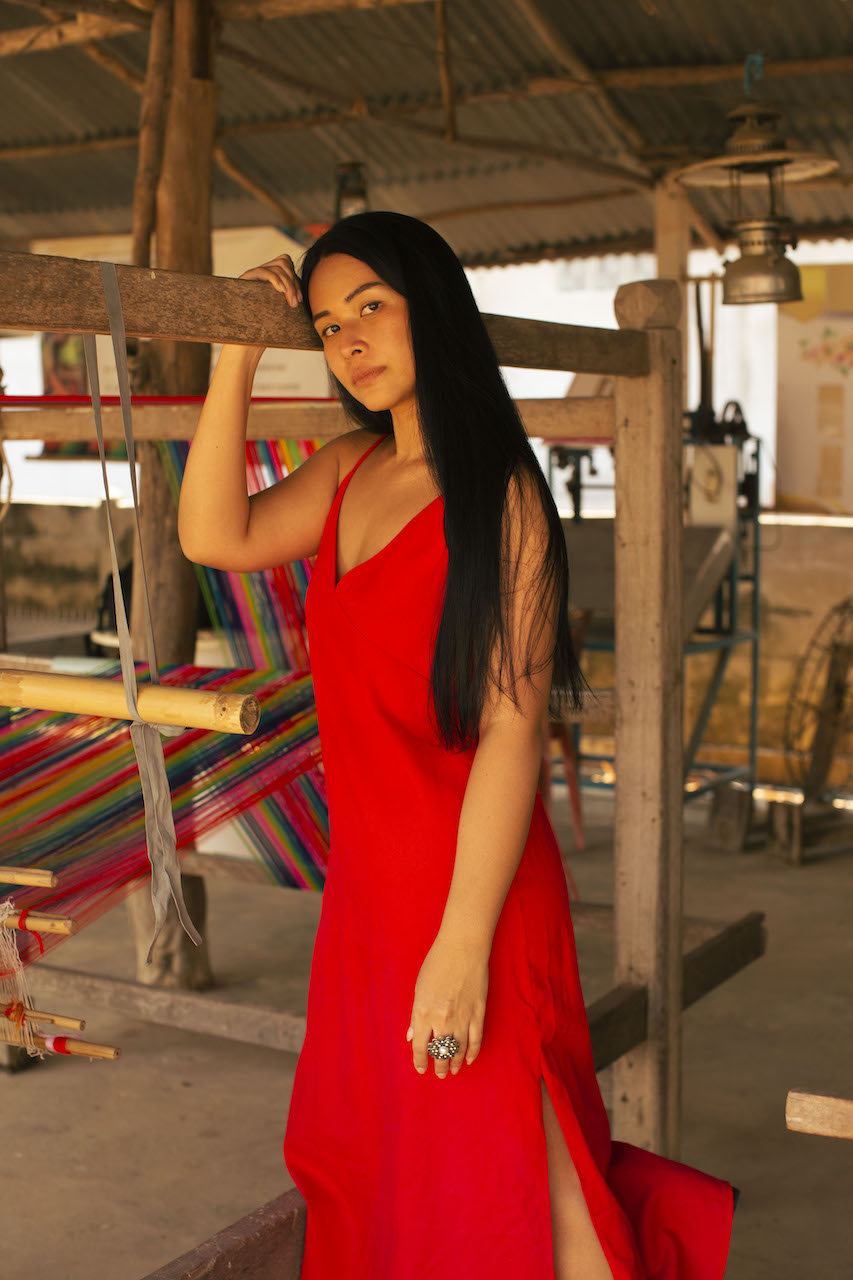
What made you decide to focus on Thai heritage craftsmanship? Was there a particular moment or influence that sparked it?
It began with the realisation of just how fragile our textile traditions have become. I often watch global brands borrow from heritage crafts without ever engaging with or supporting the makers. I wanted to work from the inside out, hand in hand with artisans.
One afternoon in Phatthalung, my hometown, while searching for handweavers, I met one of the last elderly artisans in what had once been a thriving weaving community. More than 20 looms stood silent; only hers still sang. She worked slowly, her loom creaking with age, with no apprentice to inherit her skill. Her children had moved away, and she wove simply to survive, earning barely 100 baht for each piece. That cut deep. These works take time, patience, and generations of skill, yet they were being traded for almost nothing. That moment made me see design not just as creative work, but as a form of protection. The path I chose in fashion is not the easiest but it’s one worth walking.
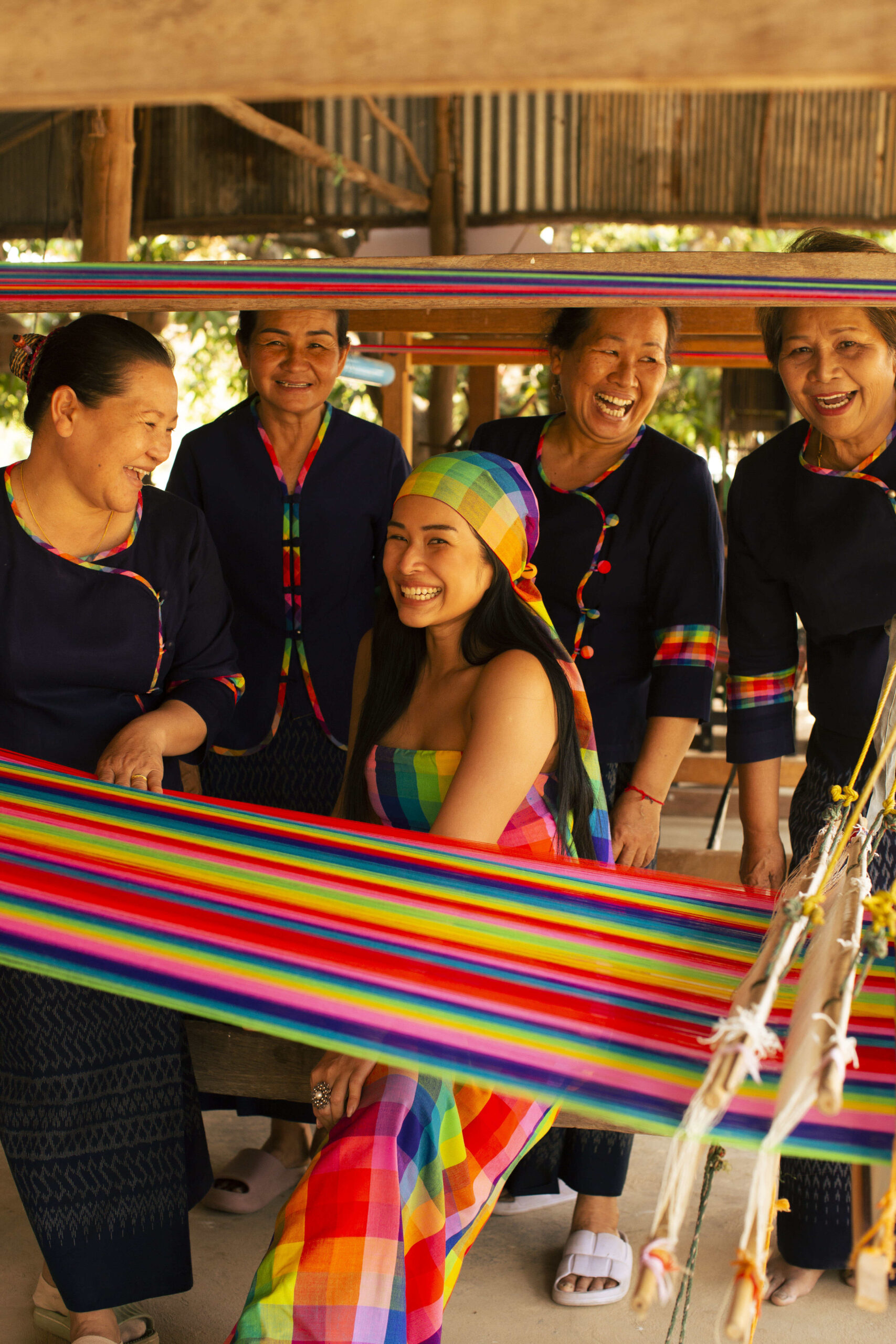
Are there other traditional crafts or regional techniques you’re currently looking to explore in future design projects?
I remain deeply focused on Thai handicrafts and locally sourced materials from across the country. Looking ahead, I want to deepen our work in the hospitality sector — a stage perfectly set to share Thai craftsmanship and sustainability with a global audience of travellers. My approach is to let heritage techniques evolve through modern applications, so they continue to live rather than be frozen in nostalgia. For me, true preservation is born from collaboration — when artisans, designers, and like-minded businesses come together to create something entirely new.

